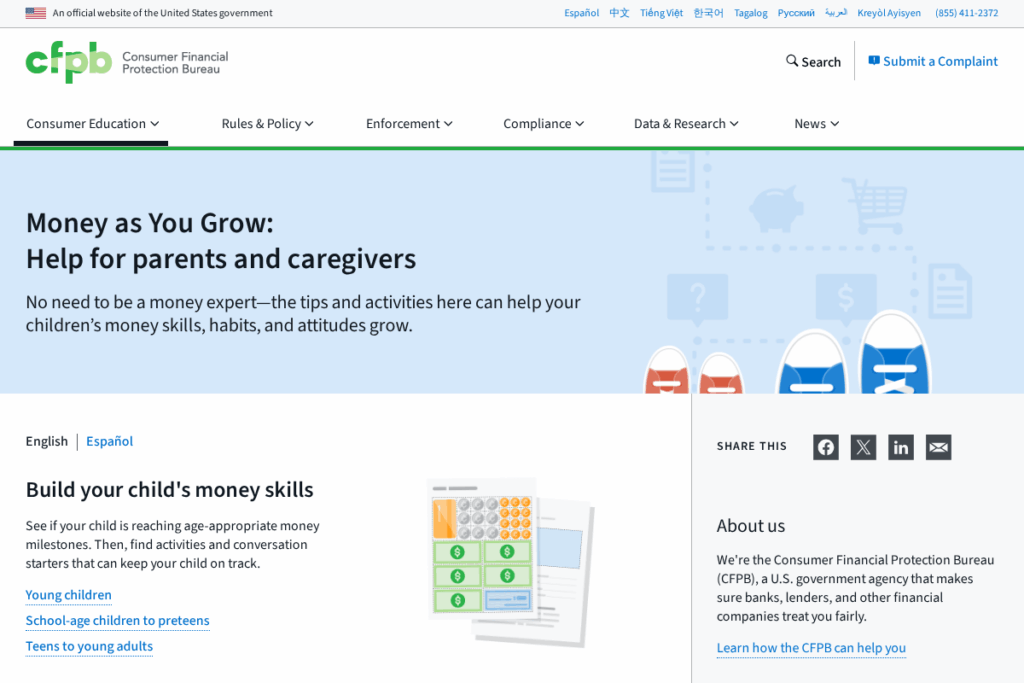I believe financial freedom is possible at any age, including middle school. My own financial journey began as a fun side project, and it transformed into something bigger than I ever imagined. As a seventh grader, you have more tools and opportunities available than ever to earn your own money, flex your creativity, and even have fun while learning valuable skills. The key is to start small, focus on what feels authentic, and build smart habits you can grow from. Are you ready to turn your ideas into income? Here are seven actionable steps for making money in 7th grade while keeping life balanced and joyful.
1. Discover Your Strengths and Interests

Begin by asking yourself: What am I good at? What do I enjoy doing after school? Are there hobbies or skills you could use to help others—like organizing, baking, tutoring, or crafting? List out your interests, then brainstorm ways they might solve a problem or bring joy to others. This step isn’t just about business—it’s about building something that fits your unique strengths. Not sure where to start? Take a look at this collection of job ideas for young teens to get inspired. Remember, the best side hustles often start small by serving classmates, neighbors, or friends with something that genuinely excites you.
2. Offer Local Services to Neighbors

Simple services close to home are perfect for seventh graders starting out. Classic jobs like pet sitting, lawn care, helping with groceries, or washing cars are always in demand. Begin by letting adults in your neighborhood know you’re available, maybe by crafting a friendly flyer or reaching out with a parent’s help. Keep your standards high—reliability and trust matter most. For safety and best results, set up clear expectations with parents and customers in advance. For inspiration and tips, see what kinds of side gigs kids are doing successfully in various communities.

3. Sell Handmade Goods or Snacks
Many successful side hustles begin when young creators turn crafts, art, or homemade treats into business. If you like working with your hands, think about what you can make—like friendship bracelets, art prints, or baked goods to sell at school events or to family friends. Always get permission and follow tampering and allergy guidelines. To expand, check local markets for youth vendor opportunities or small online platforms that make selling simple. To learn how young entrepreneurs set up stand-out booths and products, check out this feature on raising young entrepreneurs.
4. Explore Digital Services or Microtasks Online

Even at 12 or 13, there are safe, supervised ways to make money online. Sites like Tutor.com have programs for peer tutoring, or you could help friends with homework or basic computer skills. You might also offer to organize files, type up notes, or do small digital tasks for adults you know. Always get a parent’s signoff and use secure platforms. Need a longer-term digital hustle roadmap? You might be inspired by these long-term business ideas for young entrepreneurs.

5. Participate in School or Community Fundraisers
School fundraisers are more than a way to help raise money for a cause—they can also introduce you to sales skills, teamwork, and responsibility. Selling items like chocolate bars or wrapping paper to support clubs gives you experience in goal setting and talking to people about products. Ask teachers or club advisors how you can get involved, and always represent your school with integrity. Curious how kids get results with fundraising? This story of a young fundraiser will motivate you to aim high and give back.

6. Launch a Creative Online Project
Starting a simple blog, YouTube channel, or art page can be a fantastic way to learn about content creation, technology, and digital marketing—even if your first goal is just self-expression. Monetization comes later as you build an audience. If you’re curious about how different platforms reward creators, check out this guide to blog income streams. Always follow platform age rules and involve a parent to stay safe online. Choose a topic that excites you—sharing your journey or creative work can open doors to sponsorships or offer sales down the road.
7. Track Your Earnings and Set Smart Goals

Developing your money-making skills means learning to manage your profits, no matter how small. Keep a simple notebook or use a free budgeting app for kids to record your income and expenses for each project. Track how much time you spend and any materials you use—this helps you learn the true value of your efforts and set realistic savings goals. For a basic introduction to finance concepts, these Money as You Grow resources are government-approved and easy to understand. Building habits now will make bigger goals, like saving $100 or buying a special item, much easier to reach—plus you’ll be ahead when you want to scale up and maybe even make even more in the future.
Middle school is a perfect age to explore earning money and building independence—without sacrificing your favorite activities. Keep the balance, lean into your strengths, and remember that every small side hustle is a chance to learn something new. One thoughtful step today can grow into something greater tomorrow—so go ahead and get started!

